Market Trends
Key Emerging Trends in the Advanced Packaging Market
With the rise of 3D packaging technologies, advanced packaging is going through a big change. People want smaller and more efficient electronics, which is what led to the use of advanced packaging solutions like 3D IC (integrated circuit) packaging. This technology lets you stack layers of integrated circuits, which improves performance, reduces footprint, and makes the device work better overall.
System-in-Package (SiP) has become a major trend in the advanced packaging market. SiP combines multiple functions into a single package, which makes it possible for electronic systems to be small and very efficient. This method is especially useful for making complex electronic devices like smartphones, wearable tech, and Internet of Things (IoT) gadgets.
Fan-Out Wafer Level Packaging (FoWLP) is a new way to package electronics that is becoming more popular. This technology moves an integrated circuit's external connections to a larger area, which makes it possible for more input and output density. FoWLP works well in situations that need high performance and miniaturization, which is why it is becoming more popular in many industries.
Modern materials are a big trend in the advanced packaging market. To meet the changing needs of electronic devices, materials that are better at conducting heat, conducting electricity, and being reliable are being added. This includes adding new substrate materials and advanced interconnect technologies to make the products work better and last longer. Advanced packaging is changing because of the need for flexible and organic electronics. As companies look for new form factors and wearable tech, flexible packaging solutions are becoming more popular. Next-generation electronics will need to use advanced packaging techniques that can handle flexible substrates and organic materials. The auto industry is quickly adopting more advanced packaging solutions for electronic parts. As cars get more advanced in terms of technology, the need for reliable and small packaging methods has grown. These new packaging technologies help make automotive electronics smaller while also improving their performance and durability. Digitalization and smart manufacturing are having an effect on the advanced packaging sector. Using digital technologies like AI and the Internet of Things (IoT) together makes production processes more efficient, quality control better, and overall efficiency higher. Smart manufacturing practices allow for real-time monitoring and decision-making based on data in advanced packaging facilities. Companies that want to expand their skills and market reach are buying each other out and merging in the advanced packaging industry. At the same time, strategic alliances and cooperation between package providers and semiconductor manufacturers are growing, which encourages innovation and the creation of all-around packaging solutions.


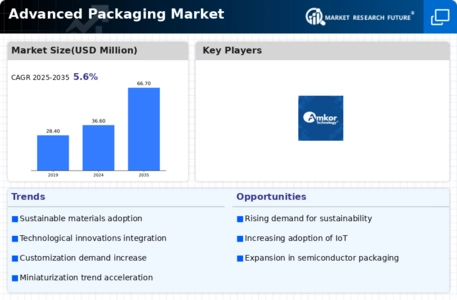
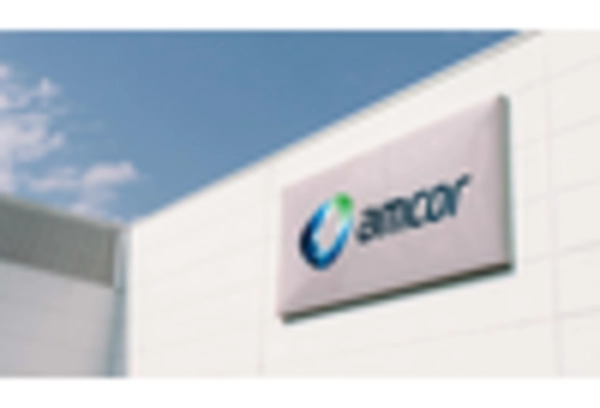
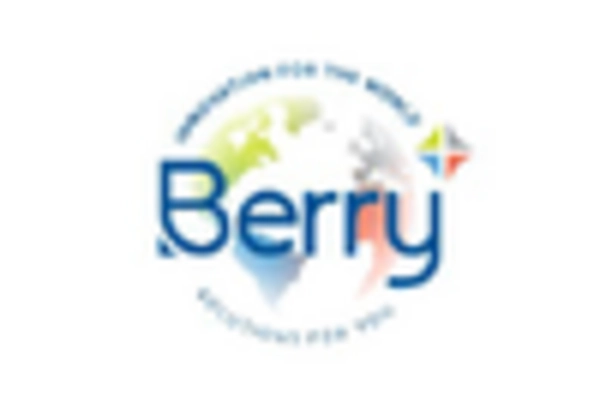

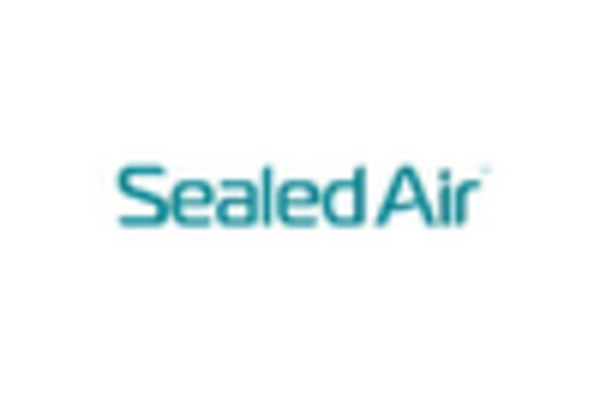
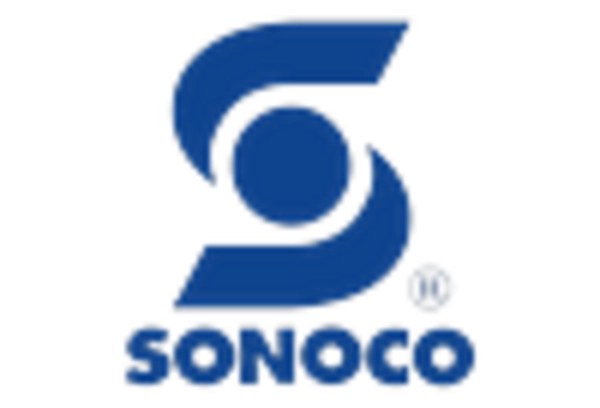
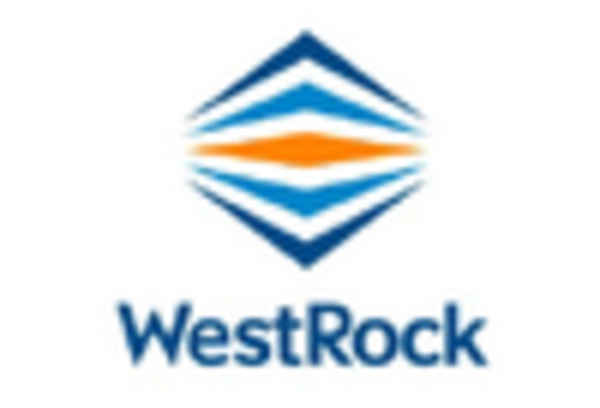









Leave a Comment